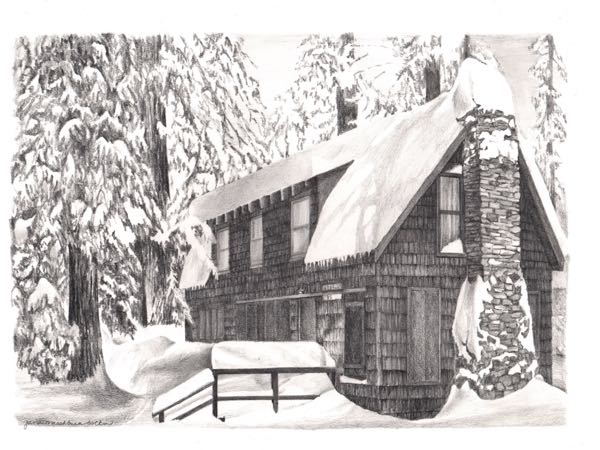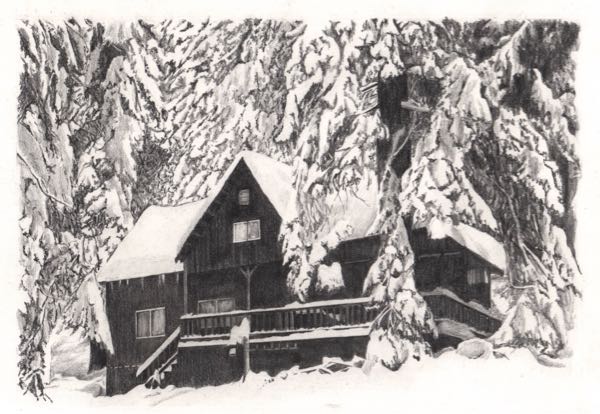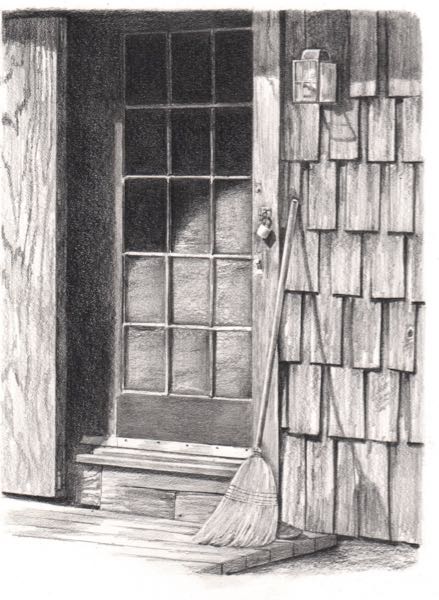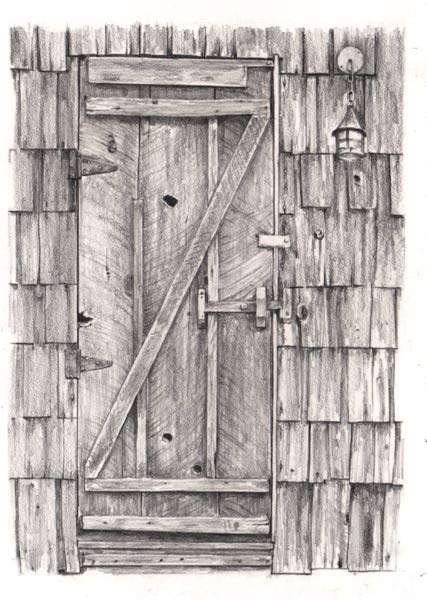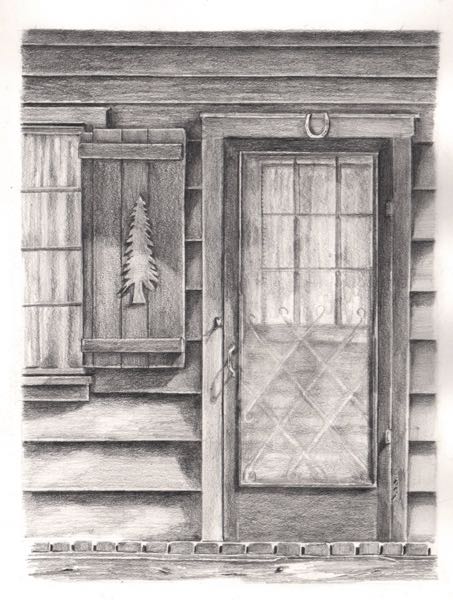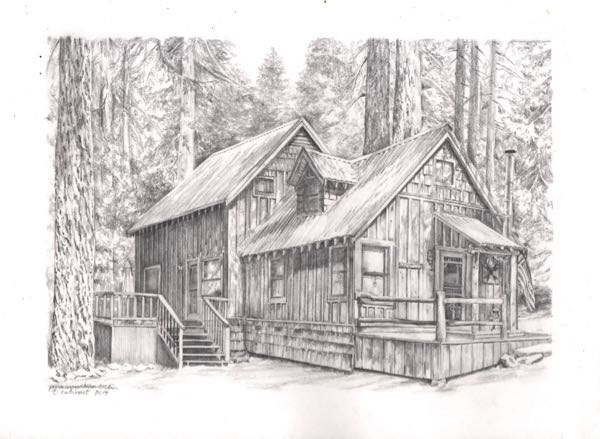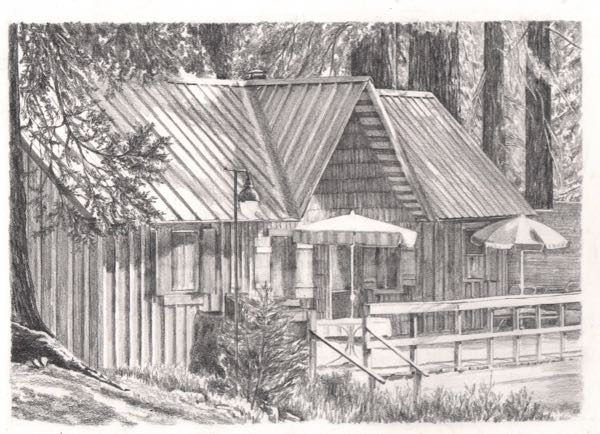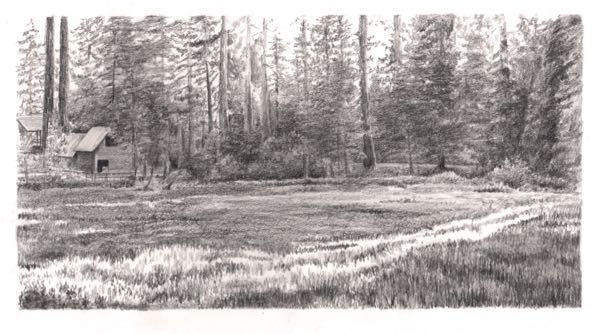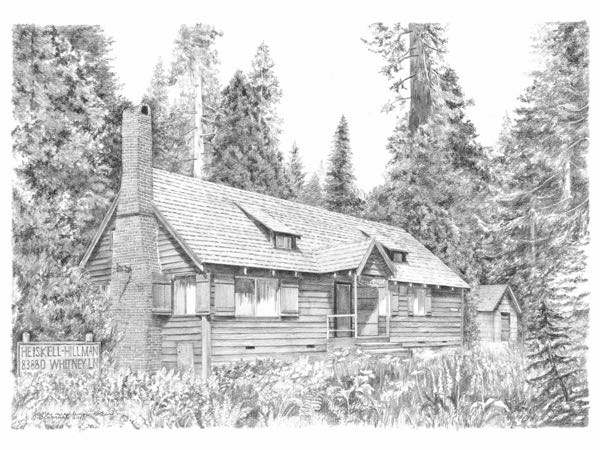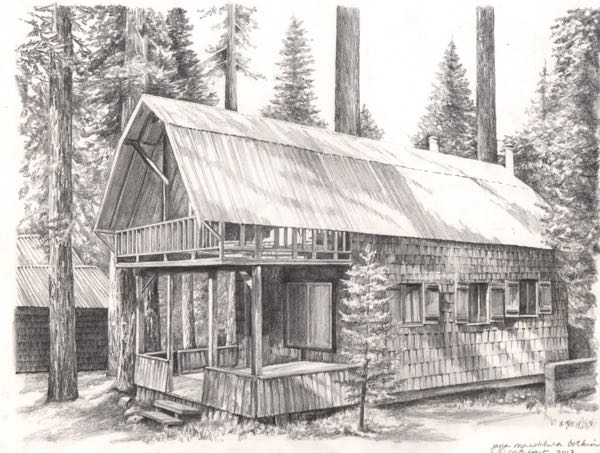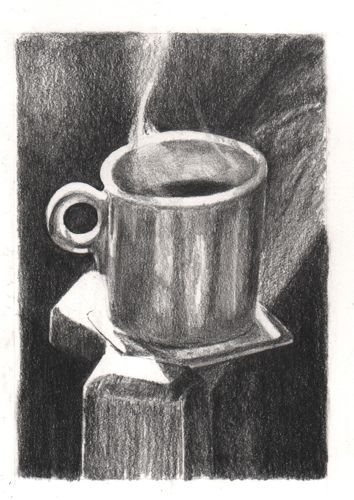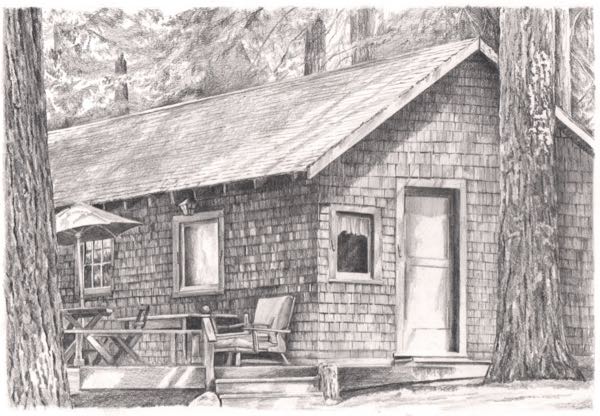 While working on the book The Cabins of Wilsonia, sometimes people would ask why I was doing a book on Wilsonia iwhenI have a cabin in Mineral King. These are the top three reasons: 1. cabin communities matter; 2. I call my business Cabinart; 3. I like to document and portray the good things of Tulare County. *
While working on the book The Cabins of Wilsonia, sometimes people would ask why I was doing a book on Wilsonia iwhenI have a cabin in Mineral King. These are the top three reasons: 1. cabin communities matter; 2. I call my business Cabinart; 3. I like to document and portray the good things of Tulare County. *
But did you know that Wilsonia and Mineral King are tied together by the cabin that I married into?
In the spring of 1983, (2 years before I met my husband Michael), his family cabin in Mineral King blew up and burned down. It was next door to the Mixter cabin, whose permit had expired and was ordered by the Park to be torn down.
Over the course of the next 2 years, my husband pursued rebuilding his cabin and also the possibility of buying the Mixter’s cabin and turning his empty lot over to the Park to satisfy the law. Lots of red tape, lots of bureaucrats saying no, and then someone knew Someone who knew SOMEONE, and permission was granted to exchange his bare lot for the Mixter’s cabin with its expired permit.
While I was working on the book, Neal Mixter and I became friends. I gave him all the paperwork from Michael’s cabin exchange so he could study it and learn if there was a way to apply this experience to Wilsonia. He and other hard-working cabin folks went to endless meetings, and eventually they made a plan.
Maybe this is the reason that the Park has made its offer to exchange their unused cabins for private vacant lots. Maybe it isn’t, but I like to think that Michael’s experience with the Mineral King Mixter cabin and the Park got the ball rolling.
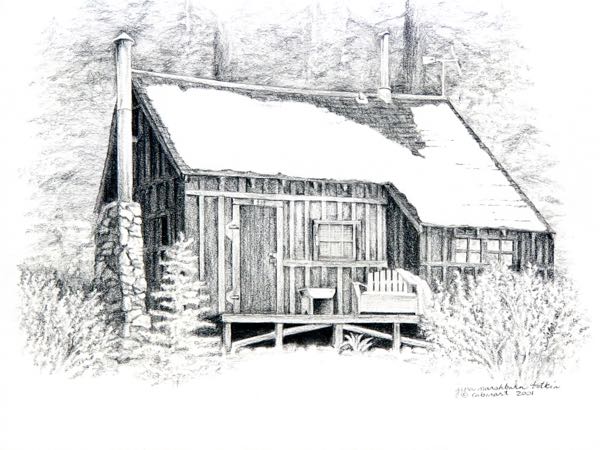
The Botkin cabin, formerly the Mixter cabin, Mineral King
*4. I already did a book on the cabins of Mineral King, called The Cabins of Mineral King; 5. I love to draw; 6. Several cabin folks in Wilsonia asked me to do a book on Wilsonia


